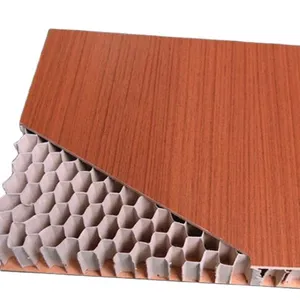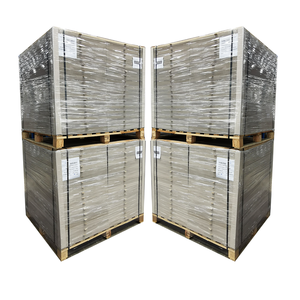
Production Of Steel And Wood Door Honeycomb Paper Core Furniture Honeycomb Paper Core Standard Door Honeycomb Paper Core


















Chipboard paper, a versatile and widely used material in various industries, stands as a staple for packaging, crafting, and construction applications. This engineered wood product is known for its durability and adaptability, crafted from recycled paper through heat and pressure. The composition of chipboard paper can range from mixed pulp to wood pulp and straw pulp, offering a spectrum of characteristics for different needs.
The diversity of chipboard paper is evident in its types and applications. From graphic 45 staples chipboard 12 x12 10 pkg black for arts and crafts to the sturdy 85 pt chipboard for heavy-duty packaging, the material's utility spans across sectors. In offices and hotels, thinner 20 pt chipboard might be used for file holders, while in construction, 50 pt chipboard thickness provides a robust option for creating models or temporary barriers.
Chipboard paper's features are influenced by its material composition. For instance, acid free chipboard is essential for archival quality, preventing yellowing over time, making it ideal for scrapbooking enthusiasts who prefer 12x12 chipboard for scrapbooking. On the other hand, kraft chipboard sheets offer a natural look and feel, often sought after for eco-friendly packaging and branding purposes.
The advantages of chipboard paper are numerous. Its recyclability and cost-effectiveness make it an environmentally and economically conscious choice. The material's versatility is further enhanced by its various thicknesses, such as 22pt chipboard thickness and 24pt chipboard, which cater to different levels of rigidity and protection requirements. Additionally, the option for perforated chipboard allows for easy customization and adaptability in manufacturing processes.
When it comes to customization, chipboard paper excels. It supports various printing techniques, including offset, gravure, and digital printing, allowing for a wide range of visual presentations. This adaptability makes chipboard an excellent substrate for chipboard cardstock and chipboard paperboard products, which can be tailored to the branding needs of businesses without compromising on quality.
Selecting the appropriate chipboard paper involves considering the intended use, desired thickness, and specific features like acid-free composition or color. Whether it's for protective packaging, custom crafting, or professional presentations, the right chipboard paper can make all the difference in the final product's functionality and appearance.